26 July 2025
Let’s face it — learning about the environment in a textbook just doesn’t cut it anymore. Flip through a few pages about recycling or watch a dated video about climate change, and you’ll see eyes glaze over faster than you can say “carbon footprint.” The problem? It’s not about awareness anymore. It’s about action.
That’s where environmental education lesson plans that inspire action come in. They don’t just teach facts — they light a fire. In this article, we’re diving deep into lesson plan strategies that actually stick, motivate, and most importantly, make students do something.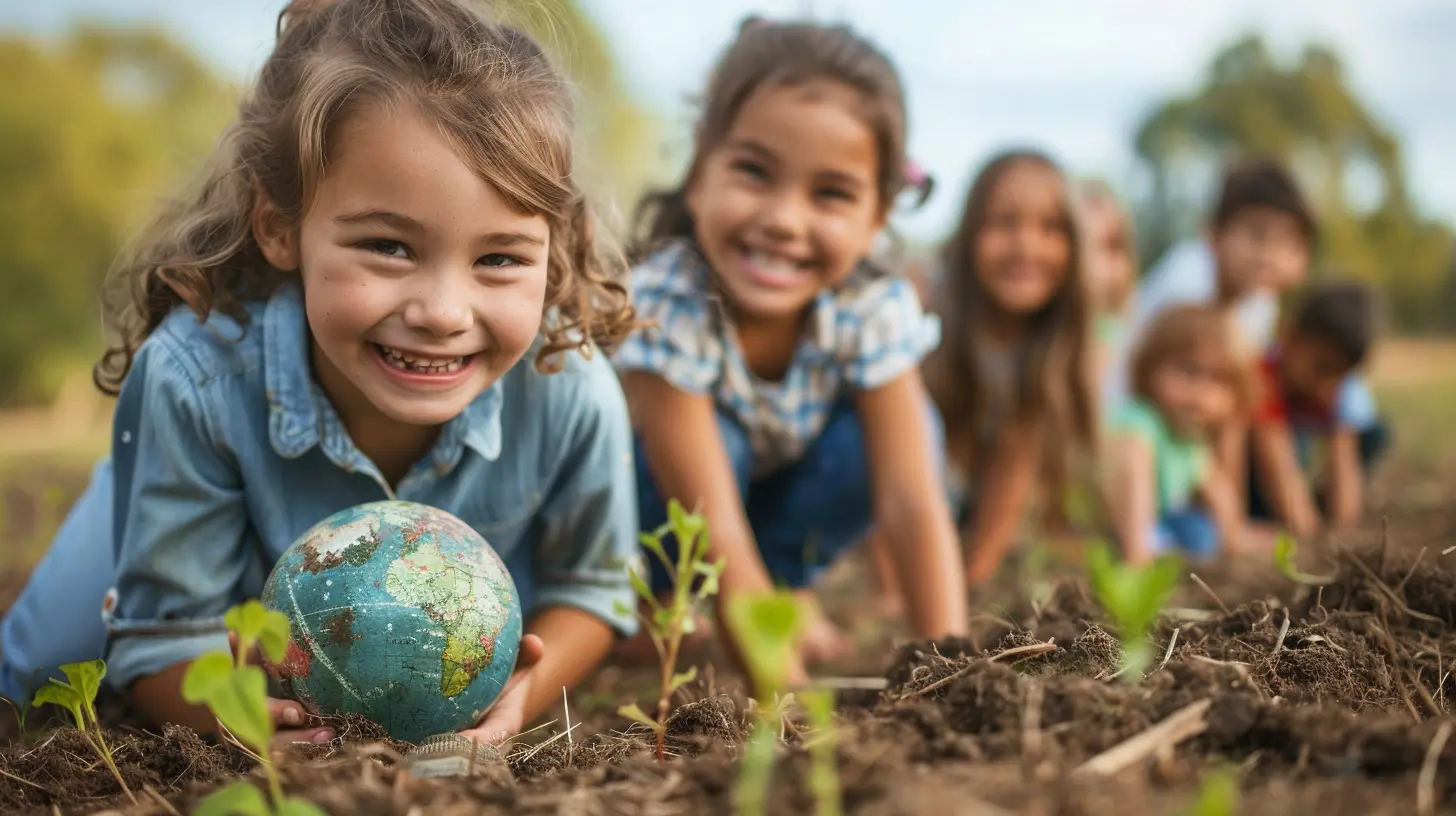
Why Traditional Environmental Education Falls Short
Think back to your school days. Remember when you learned about pollution or global warming? It probably went something like this:> Read a chapter. Watch a video. Take a quiz. Move on.
While awareness is important, it doesn't always translate into behavior change. If students don’t feel personally connected or empowered to act, they won't. It’s like knowing a storm is coming but never bothering to close the windows.
That’s why today's lesson plans need to evolve. They must engage the heart, ignite curiosity, and lead to action.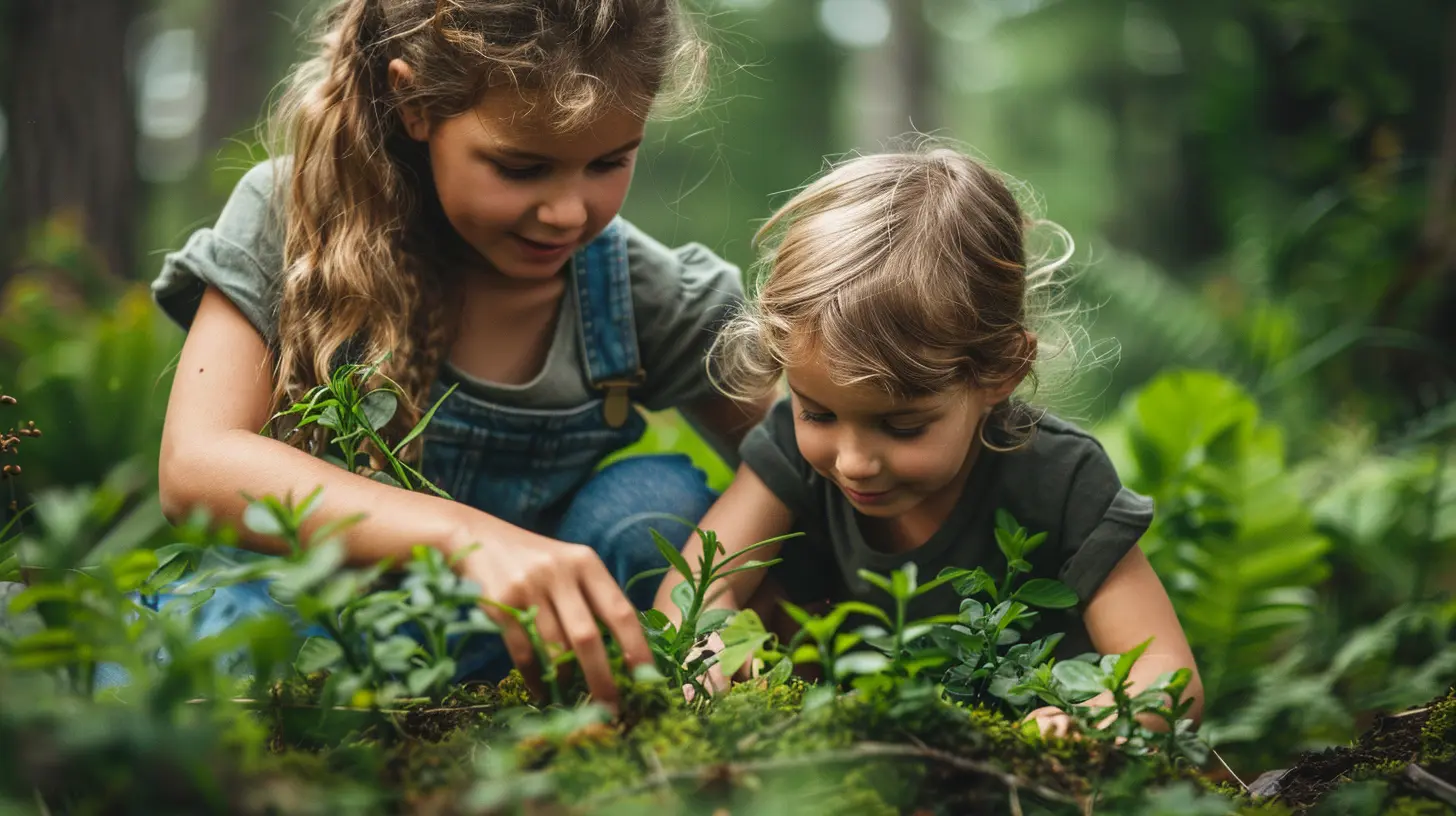
The New Approach: Education That Creates Eco-Leaders
Here’s the core idea: make it personal, make it real, and make it actionable.We live in a time where students hold immense potential. They’re digital-savvy, socially aware, and more connected than ever. Educators need to tap into that energy. Environmental education should no longer be just a subject — it should be a movement.
Let’s break down how to design lesson plans that achieve this.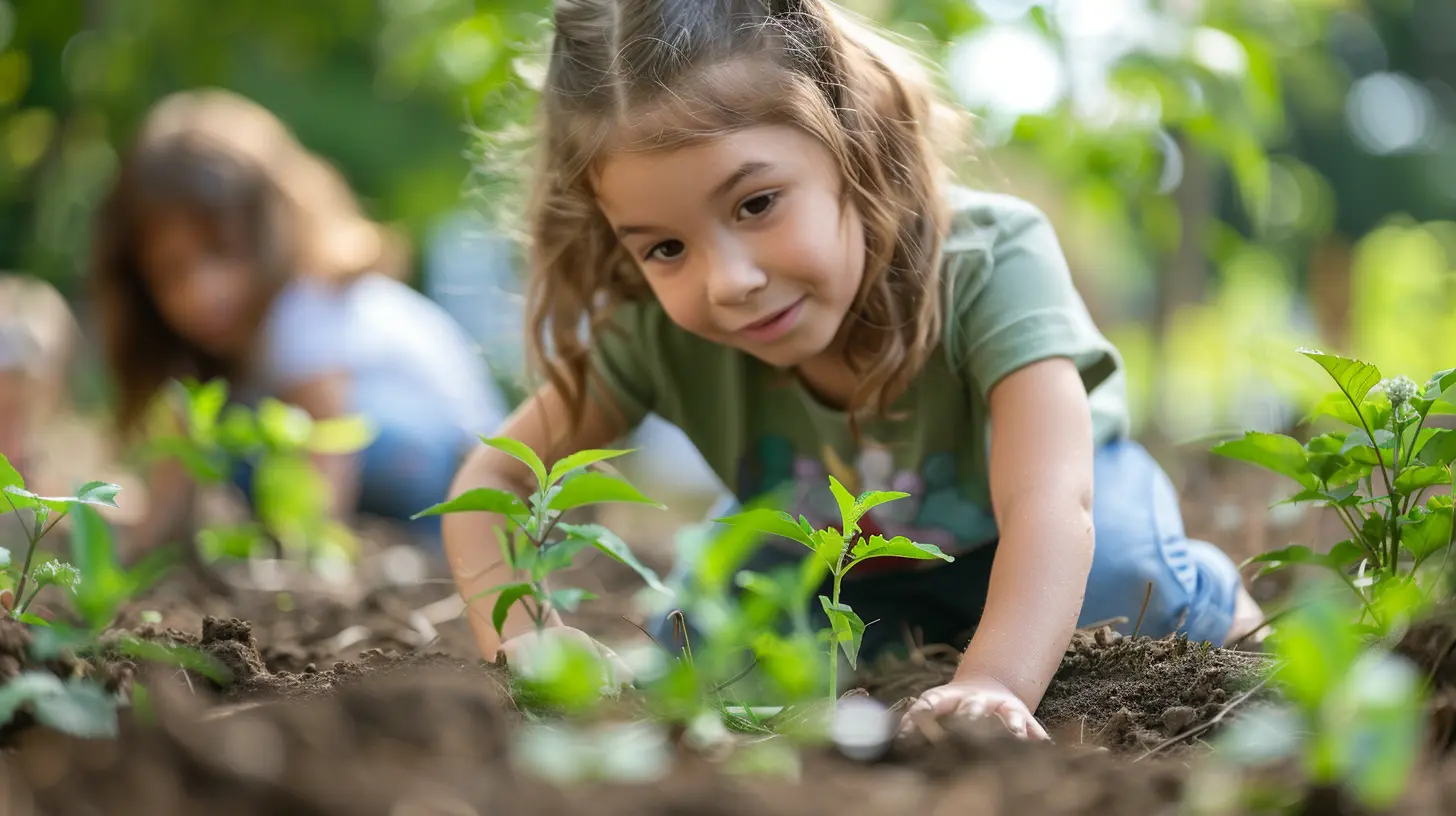
1. Start With a Story, Not a Statistic
People remember stories, not numbers. Sure, telling students that 8 million tons of plastic end up in the ocean every year is shocking. But telling them about a sea turtle that mistook a plastic bag for a jellyfish? That hits different.Example Lesson Hook:
> Open the lesson with a short, emotional video about marine life affected by pollution. Follow it up with a class discussion: “How does this make you feel? What can we do?”
This human connection creates a sense of responsibility. It’s no longer a global problem — it becomes their problem.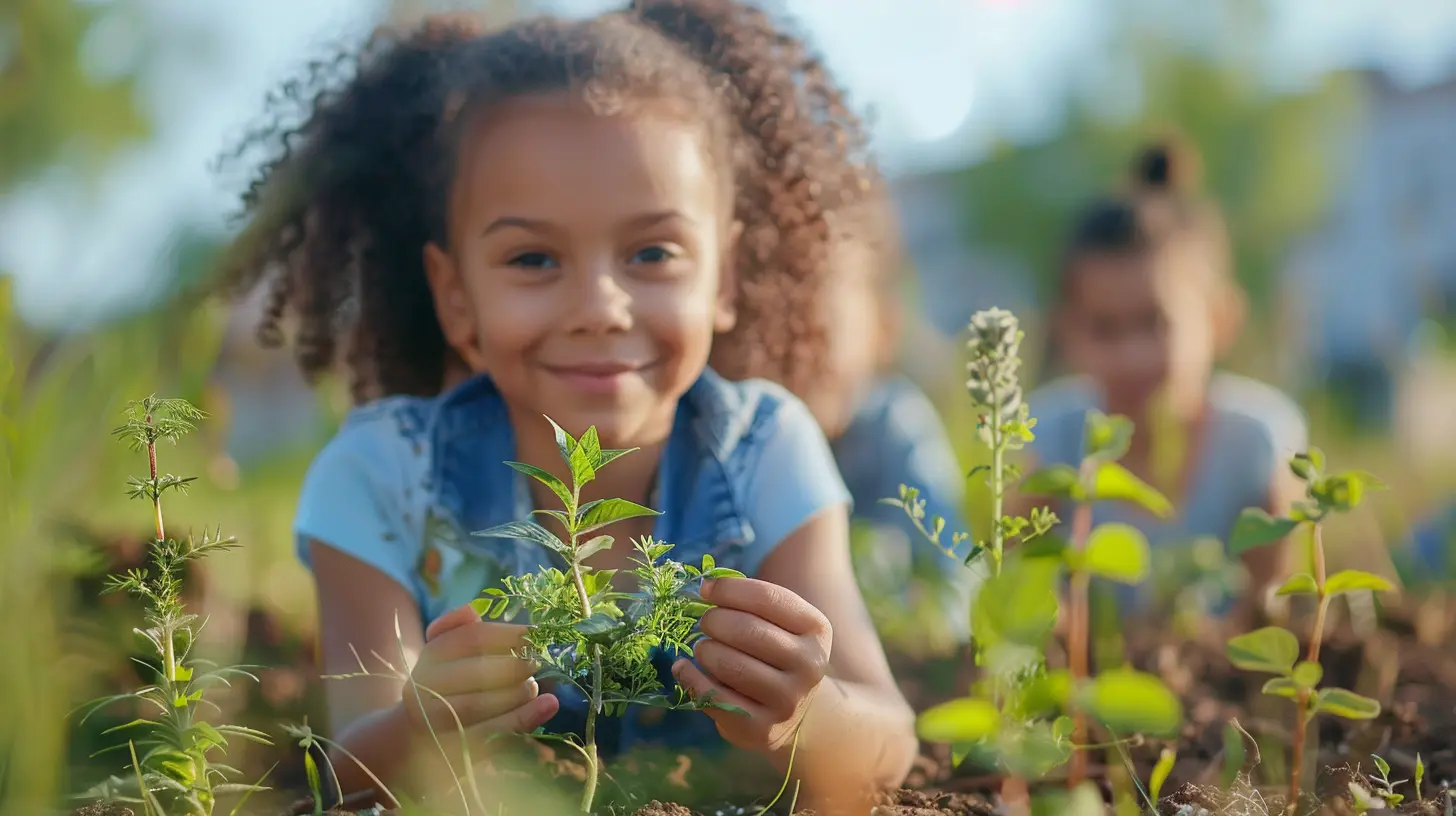
2. Make Lessons Hands-On and Local
Learning about deforestation in the Amazon is important, but it can feel too far removed. Instead, bring the issue home.Project-Based Learning Ideas:
- Start a school garden that teaches about biodiversity, composting, and food sustainability.
- Monitor litter around the school and calculate weekly waste trends.
- Have students research local endangered species and present action plans to raise awareness.
When students can see and touch what they’re learning, the information sticks — and so does their motivation to change things.
3. Use Role-Playing and Simulations
Want students to understand the complexity of environmental issues? Let them walk in someone else’s shoes.Simulation Example:
- Run a “Climate Change Debate” where students take roles — from fossil fuel CEOs to climate scientists to politicians to indigenous community members.
- Watch as students realize how layered and interconnected these issues are.
This kind of activity builds empathy and forces critical thinking. And when students feel the problem, they want to fix it.
4. Blend Tech With Nature
It might sound paradoxical, but digital tools can be powerhouses for environmental education.Tech Tools That Enhance Learning:
- Use apps like Seek by iNaturalist to turn any walk into a biodiversity lesson.
- Use Google Earth to track deforestation over time.
- Assign students to create reels or TikToks about environmental facts and solutions.
Instead of fighting tech, leverage it. Today’s learners are content creators — let them use that skill to spread awareness.
5. Connect Lessons to Real-World Action
Here’s a powerful idea: every lesson should end with a challenge.“What Can YOU Do?” Activity:
After each lesson, ask students to pick one small action they’ll do during the week. It could be:
- Bringing a reusable bottle to school.
- Picking up trash on a walk.
- Educating a family member about fast fashion.
Track these actions weekly. Celebrate even tiny wins. Action begets action.
6. Include Community Partnerships
Classrooms don’t have to be four walls. Invite local eco-warriors in. Partner with organizations. Let students meet real people making real change.Examples:
- Bring in guest speakers from environmental NGOs.
- Organize field trips to community gardens or recycling plants.
- Collaborate on neighborhood cleanups or tree planting events.
This not only builds student enthusiasm — it shows them what activism looks like up close.
7. Encourage Critical Thinking Over Blind Acceptance
We don’t want students to become echo chambers. We want them to question, to analyze, to challenge.Engaging Discussion Topics:
- “Is all eco-packaging truly sustainable?”
- “Are electric cars really the answer?”
- “Do individual actions actually matter in the face of corporate pollution?”
These debates build independent thinkers — and often, passionate advocates.
8. Integrate Art, Music, and Literature
Environmental education isn’t just for science class. Creativity breeds connection.Ideas Across Subjects:
- In Language Arts, read eco-poetry or novels that explore nature themes.
- In Art, create collages from recycled materials.
- In Music, write and perform songs about endangered species.
The more sensory, the more stirring. When students express their concern through art, it becomes a personal mission.
9. Celebrate Impact Loudly and Proudly
Positive reinforcement works. Period.Create a wall of eco-champions in the classroom. Feature student-led projects on the school's social media. Recognize effort, not perfection. When students see their efforts matter, they keep going.
Think of it this way — it’s like watering a plant. Celebrate growth, even if it's just a sprout.
10. Build Long-Term Initiatives, Not One-Off Lessons
One-time lessons are like New Year’s resolutions — well-intended but short-lived. What works? Consistency.Sustainable School Initiatives:
- Set up a student-run Green Committee.
- Implement a recycling program monitored by students.
- Create ongoing challenges like “Plastic-Free February” or “Meatless Mondays.”
When environmental action becomes school culture, it becomes second nature.
Final Thoughts: It Starts With Us
Environmental education isn’t just about facts and charts — it’s about creating a generation that cares enough to act. And that change starts with lesson plans that speak to the heart as well as the mind.Whether you're a teacher, a parent, or a curriculum designer, you’re in a powerful position to light that spark. Don’t just aim to "inform." Aim to transform.
After all, what’s the point of knowing the planet’s in trouble if we’re not doing something about it?
Let’s raise changemakers. Let’s build eco-leaders. Let’s teach like the Earth depends on it — because it absolutely does.
Bonus Resources for Teachers
Here’s a quick list of tools and platforms to help craft lesson plans that pack a punch:- Eco-Schools USA – School certifications and resources
- Project Learning Tree – Environmental lesson plans by grade level
- National Wildlife Federation – Classroom activities and educator toolkits
- NASA Climate Kids – Great for younger audiences with games and activities
- TED-Ed – Animated videos on climate and environment topics, great for class discussions
Bookmark them. Use them. Share them with fellow educators.





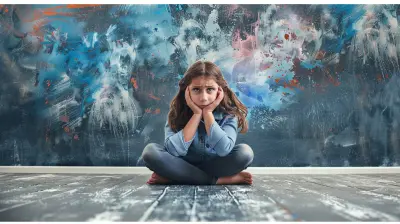
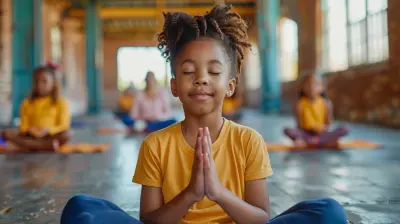

Julianne O'Neal
What a fantastic resource! These lesson plans not only educate but also spark a love for our planet. 🌍✨ Inspiring students to take action is crucial, and you’ve nailed it! Let’s empower the next generation of eco-warriors—every small effort counts! Keep up the amazing work!👏🌱
November 24, 2025 at 1:50 PM